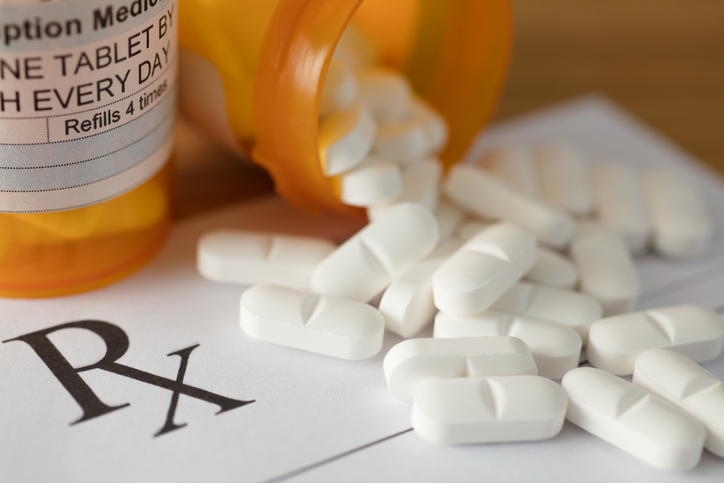Pain
Treating Shingles With Prescription Medications

What is shingles?
Shingles is a viral infection which presents as blisters or a rash, normally on one side of the body. Individuals who have had chickenpox are at risk for developing shingles. Both shingles and chickenpox are caused by the varicella-zoster virus. The virus lies dormant in nerve tissue near the spinal cord and brain in people who have had chickenpox. If the virus reactivates, it travels along nerve fibers to the skin and is referred to as shingles. The rash associated with shingles is usually extremely painful.
Treating shingles
Although no cure exists for shingles, a prompt medical diagnosis is imperative in order to receive proper treatment. Medications are available that accelerate the healing process, ease pain and reduce inflammation. Early treatment is crucial to avoid complications associated with shingles, so a health care provider should be consulted as soon as possible if shingles is suspected.
Prescription antiviral medications
Antiviral medications can slow down the length and severity of the rash associated with shingles. For best results, these medications should be taken within the first 72 hours of symptoms. Antiviral medications reduce the risk of developing chronic pain (postherpetic neuralgia) from the shingles virus. Three antiviral medications are available for a shingles outbreak:
- Acylovir
- Valacyclovir
- Famciclovir
Other prescription medications for shingles
Other prescription medications may be needed if pain is severe, after the shingles rash has healed or if postherpetic neuralgia develops.
- Anticonvulsant medications, such as carbamazepine, pregabalin and gabapentin, alter the way pain signals are perceived by the central nervous system. These medications can ease severe pain experienced while the shingles virus is active or if postherpetic neuralgia develops.
- Tricyclic antidepressants, such as amitriptyline, desipramine and nortriptyline, may help ease pain that is present after the shingles rash disappears. They can also help ease depression associated with the shingles virus.
- Lidocaine is a pain-relieving medication that is applied topically via a numbing cream, powder, spray or skin patch. Lidocaine products are available by prescription or over-the-counter.
- Prescription pain medications may be needed in cases of intense pain or if postherpetic neuralgia develops. Individuals who take these medications should be monitored by a health care professional.
- Capsaicin is available in a topical patch or cream. It can help reduce inflammation and pain from nerve damage caused by shingles. Capsaicin is derived from chili peppers; therefore, eye contact should be avoided.
- Antibiotics may be prescribed if a bacterial skin infection develops as a result of the shingles rash. If no bacterial infection is present, antibiotics will not help with shingles.
- Corticosteroid or local anesthetic injections can accelerate the healing process of shingles. A health care provider administers these medications










